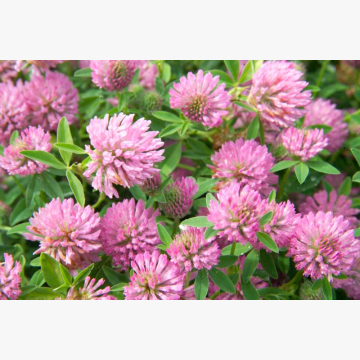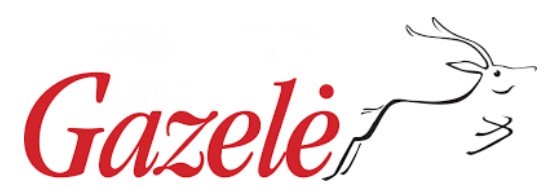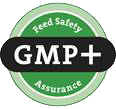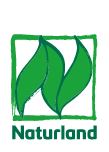- Home
- Seeds
- Fodder grasses and legumes
- SMALL GRAIN LEGUMES
- Red clover EMARWAN (2n)
Category: Fodder grasses and legumes
FOR CONSULTATIONS APPLY TO:
Commercial director
Lina Smalskienė
tel. +370 618 02 551
e-mail linak@agrolitpa.lt
Sales manager
Tautvydas Kliučininkas
tel. +370 681 35 093
e-mail tautvydask@agrolitpa.lt
Sales manager
Eglė Petkevičienė
tel. +370 626 95 458
e-mail eglep@agrolitpa.lt
Sales manager
Kotryna Nakrošytė
tel.: +370 601 39 282
e-mail kotryna@agrolitpa.lt
Red clover EMARWAN (2n)
Trifolium pratense L.
An early/mid-early, high-yielding diploid red clover
- Yields of green mass and dry matter in the first year of use – moderately high
- Yields of green mass and dry matter in the first year of use – high
- Dry matter yield – 12.4-17.3 t/ha
- Stem – short/medium length and medium thickness
- Leaves – medium length and width
- Fast spring growth, moderately fast regrowth after cutting
- Resistance to lodging – medium
- Resistance to clover cancer, leaf spot complex – medium
- Crude protein content – 17-25 %
- Amount of digestible nutrients – 70 %
- Taste/digestibility/edibility – 5 points
- The main use is for cutting
- Suitable for silage/hay/grazing and soil improvement
- Keeps well in the third year
- Germination – 7 points (out of 9)
- Spring vitality – 8 points (out of 9)
- Beginning of flowering – 3 points (out of 9) (June 23 in Japan)
- Plant height – 5 points (out of 9) (61.6 cm)
- Leaf length – 5 points (out of 9) (5.2 cm)
- Leaf width – 5 points (out of 9) (3.2 cm)
- Maturity – 6 points (out of 9)
- Number of stems – 5 points (out of 9)
- Number of internodes – 7 points (out of 9)
- Stem thickness – 5 points (out of 9) (5 mm)
- Regrowth – 6 points (out of 9)
- Resistance to summer – 7 points (out of 9)
- Autumn growth – 6 points (out of 9)
- Winterhardiness – 8 points (out of 9)
- Persistence – 7 points (out of 9)
- 1000 seed weight – 5 points (out of 9) (2.03 g)
- Seeds – coloured (14.6 % yellow, 31.0 % yellow with purple, 29.9 % purple, 24.5 % purple with a little yellow)
- Amount of dry matter – 5 points (out of 9)
- Resistance to bean mosaic virus – 7 points (out of 9)
- Resistance to leaf spot (Leptosphaerulina trifolii) – 7 points (out of 9)
- Resistance to northern anthracnose (Kabatiella caulivora) (clover scorch) – 7 points (out of 9)
- Resistance to southern anthracnose (Colletotrichum trifolii) – 7 points (out of 9)
- Resistance to rust – 7 points (out of 9)
- Resistance to powdery mildew (Erysiphe trifolii) – 7 points (out of 9)
- Resistance to rot diseases – 5 points (out of 9)
*According to the Research in Japan in 1989-1990.
- Very fast growing
- Easy to establish
- Produces good quality fodder
- Tolerates shade
- Red clover can be an excellent alternative to alfalfa as an important forage for dairy cows
- Replacing alfalfa with red clover in cow feeding can help reduce manure nitrogen and reduce protein breakdown in silage
- Feeding red clover to cows increases milk production, increases feed efficiency and energy value for cows by 10 %, and reduces nitrogen emissions by 1.5 tons/year per 100 cows
The varietal parameters may differ from those indicated here when the testing circumstances differ from quondam
Recommended sowing rate: 10-15 kg/ha
Recommended sowing rate when growing for green manure: 13-18 kg/ha
UAB „Agrolitpa“
Keravos sreet. 17, Kerava,
LT-38 131 Panevėžys district, LITHUANIA
Enterprise's code 168598128
VAT code LT685981219
Tel. +370 615 11 315
E. mail info@agrolitpa.lt
Keravos sreet. 17, Kerava,
LT-38 131 Panevėžys district, LITHUANIA
Enterprise's code 168598128
VAT code LT685981219
Tel. +370 615 11 315
E. mail info@agrolitpa.lt




.JPG)


